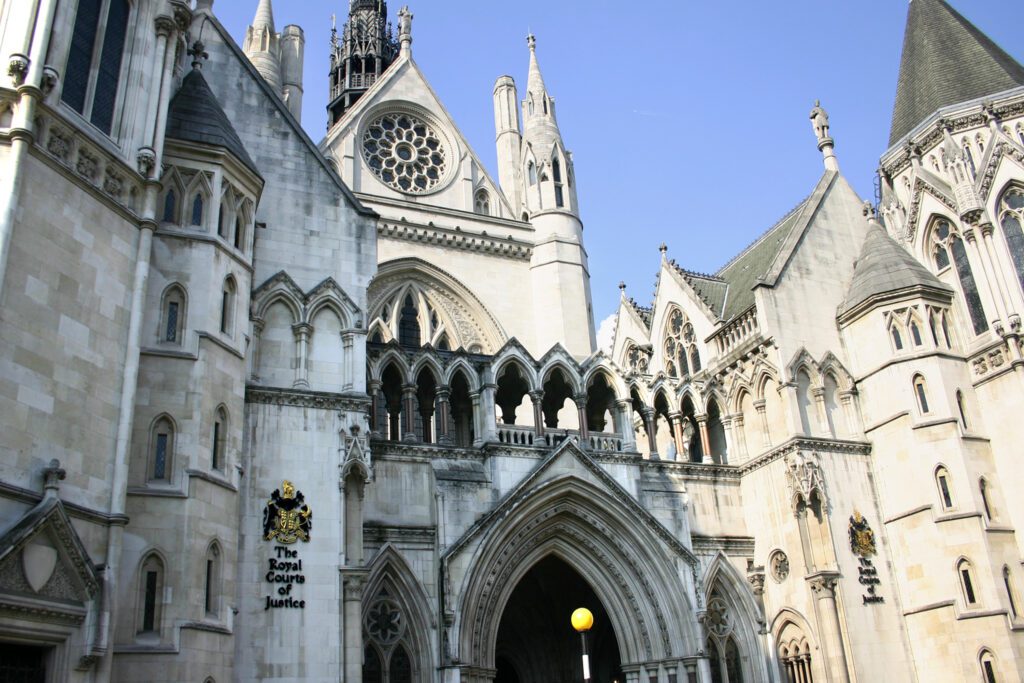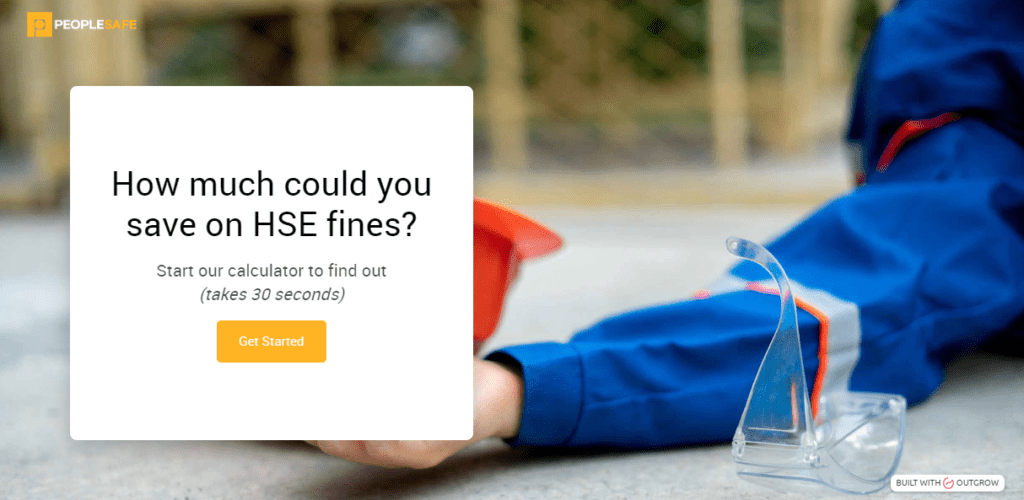Directors’ Responsibilities for Health and Safety
UK health and safety law places a duty on organisations and employers to ensure the health, safety and welfare of their employees. This means taking all reasonable steps to prevent accidents and injuries in the workplace. If these duties are breached, company directors, managers, secretaries, and board members can be held personally liable and face prosecution by the Health and Safety Executive (HSE).
Most prosecutions occur under the Health and Safety at Work, etc Act 1974 (HSWA), but other legislation also applies. In some cases, individuals can be prosecuted under common law, particularly for manslaughter.
Protecting the health and safety of employees, or members of the public who may be affected by work activities, is an essential part of risk management and must be led by directors and senior managers. To fulfil their duty, directors of organisations must provide effective leadership, ensuring that health and safety are properly managed and that risks are controlled.
The HSE has repeatedly emphasised the need for boardrooms to improve their performance in this area and take greater responsibility for the health and safety of their employees.
Legislation
Duties around health and safety are covered by several UK laws, meaning that breaches constitute criminal offences and can lead to lengthy investigations by the Health and Safety Executive, who have had a successful conviction rate of between 93% and 95% since 2016.
The Health and Safety at Work, etc Act 1974
According to the Health and Safety at Work, etc Act 1974, if a health and safety offence is committed with the consent or is attributable to the neglect on the part of any director, manager, secretary, or other similar officer of the organisation, then that person (as well as the organisation) can be prosecuted. This applies to anyone who acts in a managerial capacity, regardless of their title.
Directors can appoint an independent third party to carry out the necessary duties, but they have a responsibility to ensure this third party is competent and properly supervised. Delegating does not absolve the director of responsibility and they still remain liable in any incident.
For example, if a company director delegates health and safety duties to an external consultant without properly assessing their competence or providing adequate oversight. Then, a serious incident occurs due to inadequate safety protocols and a lack of proper training or risk assessments. This would be considered a breach of the duty of care owed to the employees resulting from the director’s neglect and could lead to prosecution.
The Management of Health and Safety at Work Regulations 1999
Organisations are required to undertake an assessment of the risks to the health and safety of their employees and others who may be affected by their work activity. Employers with 5 or more employees should record the significant findings of this risk assessment.
Once the health and safety risks have been identified, organisations must make appropriate arrangements for managing these risks. They must also ensure that employees are given adequate health and safety training and are not given tasks beyond their competence or physical capabilities.
For example, if an organisation neglects to perform a risk assessment, its employees may not be provided with proper training, PPE and adequate safety protocols. If an incident were then to occur, resulting in injury, the company and responsible directors could face fines and criminal proceedings.
Corporate Manslaughter and Corporate Homicide Act 2007
Under the Corporate Manslaughter and Corporate Homicide Act 2007, an offence is committed where failings by an organisation’s senior management are a substantial element in any breach of the duty of care to the employees or members of the public, which results in death. A director may also be prosecuted for manslaughter under common law if there is a link between the company’s guilt and the gross negligence of an individual who is said to be the embodiment of the company.
For example, if a company director knowingly allows for work to be carried out without adequate safety protocols in place, which results in death. In this instance, the director knew that the safety procedures in place were inadequate and was therefore neglectful in ensuring the health and safety of their employees.

Failing to fulfil director health and safety responsibilities
Breaches of directors’ duties regarding health and safety legislation can lead to prison sentences, unlimited fines and disqualification from director positions. Given the financial landscape post-COVID-19 that has contributed to an increasing number of organisations going into administration or liquidation, the HSE and other regulators are increasingly looking at the culpability of individuals rather than just that of the company.
Under section 2(1) of the Company Directors Disqualification Act 1986, liable directors can be disqualified if they are convicted of an indictable offence. A Magistrates’ Court may impose a disqualification for up to five years, while higher courts may disqualify for up to 15 years. This punishment is exercised at the discretion of the court without the need for further investigation or evidence of mismanagement.
It’s also important to note that the consequences of health and safety failures can extend far beyond the courtroom. For organisations faced with a publicity order, the reputational damage can be significant and long-lasting. The adverse publicity generated by such incidents can tarnish the organisation’s public image, damaging customer trust, and stakeholder relationships.
DH Willis & Sons Ltd Case Study
On 3 March 2023, DH Willis & Sons Limited and company directors Timothy and Mark Willis were sentenced following the death of an employee and family member, Henry Willis.
The company specialised in agricultural construction and was completing repairs on a barn roof when Henry fell 20 feet and suffered a serious head injury, which he died from two days later. This was jointly investigated by North Yorkshire Police and the HSE.
At court, Judge Christopher Butcher highlighted the “breaches were endemic and persistent, and these procedures were not difficult or costly [to impose]”.
The company was convicted of corporate manslaughter and fined £335,000 plus costs of £4,000, while the directors were charged with gross negligence manslaughter and health and safety breaches.
Timothy Willis was sentenced to 11 months in prison, suspended for two years, and ordered to do 115 hours of unpaid work. Mark Willis was sentenced to 23 weeks imprisonment, suspended for two years, and ordered to complete 100 hours of unpaid work. Both directors were given a 20-day rehabilitation work order and ordered to pay £1,000 in court costs. The company was also given a publicity order due to the findings.
Avoiding failures
A proactive approach to health and safety is fundamental to creating a safe and secure working environment. Directors play a key role in setting the tone for health and safety practices within an organisation, so by actively leading from the top, they can avoid health and safety failings and safeguard both their company’s reputation and their personal liability.
This should include ensuring that the health and safety responsibilities of directors are clearly stated in your organisations health and safety policy and that these expectations are communicated. Companies may also appoint a dedicated “health and safety director” who works to ensure that health and safety law is properly followed, although this does not revoke responsibility from other directors. Organisations should regularly review the policy and systems at work to ensure that best practice is used and that effective policies are in place.
Business benefits
The HSE stresses that addressing health and safety should not be seen as a regulatory burden, instead, directors are advised to concentrate on the many benefits it can provide, including:
- fewer accidents
- reduced threat of legal action
- lower employee absence and turnover rates
- higher employee morale
- improved reputation among key stakeholders
- increased productivity
- reduced insurance premiums

Employee safety technology
With the advent of advanced technology, innovative solutions such as the service offered by Peoplesafe have emerged, providing a simple and reliable way for organisations to address employee safety concerns.
Peoplesafe’s service provides an extra layer of protection for employees working in potentially hazardous environments or undertaking high-risk tasks identified through the risk assessment process. By seamlessly integrating wearable lone working devices or lone worker apps, users have access to the Peoplesafe Alarm Receiving Centre at the touch of a button, 24/7. This technology ensures that employees are never alone, even in the most challenging situations.
In the event of an emergency, this instant connection can prove invaluable. The ability to swiftly summon assistance can drastically cut down response times, significantly reducing the potential harm caused by accidents or medical incidents.
Furthermore, the technology provides organisations with the ability to gather valuable data and insights, supporting the continuous improvement of safety protocols. By analysing patterns of alarm, response times, and potential hazards, companies can refine their risk assessments and proactively adjust safety measures. This process not only enhances employee safety but also underscores a company’s commitment to creating a secure and supportive work environment.
Calculate how much you could save on HSE fines:





